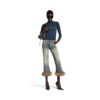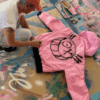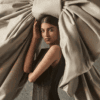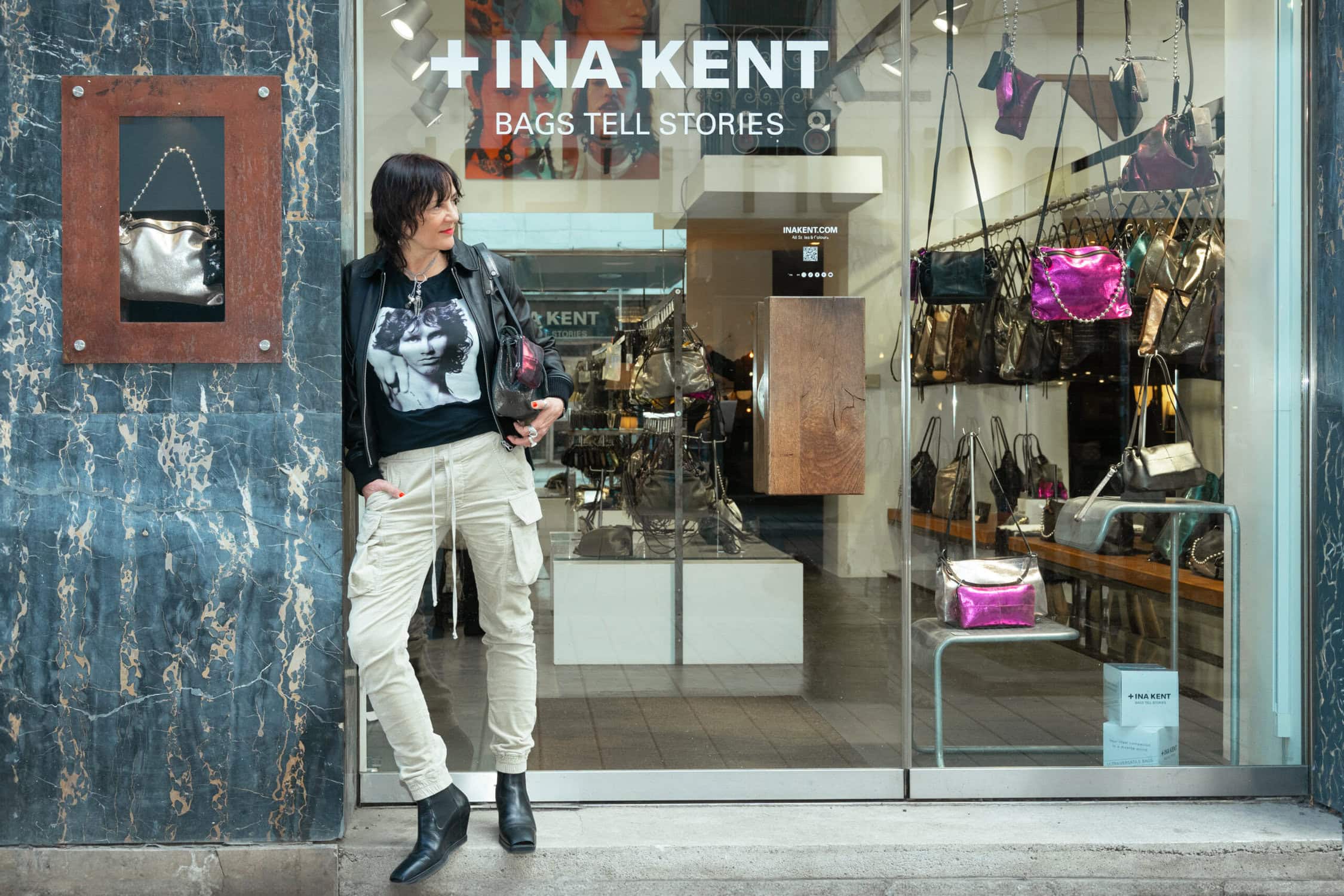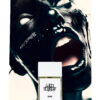If bags could talk, they would certainly tell us many stories. But what stories can someone tell us who has been designing bags herself – and has been doing so successfully for a long time? We asked designer Ina Kent for an interview and found out what her first bag looked like in the 1970s, what she thinks of gender-specific bags and that she regularly carries watermelons…
INA KENT, we know you well and have known you for a long time – how have you managed to be successful for so long and keep your feet on the ground?
Success always involves work, at least if it is supposed to be reasonably stable. I am also always rather sceptical and not so easy to take off. That’s why I like to take entrepreneurial steps sustainably and carefully. I don’t find the success of the brand overwhelming, but rather reassuring.
You’ve probably heard this question a hundred times, but what should never be missing from your bag?
The honest answer would be my mobile phone. The more charming one is probably my little pink Swiss army knife.


What memories do you have of your first bag and what does it tell us?
I think my first bag was small and made of red crumpled varnish. It might say, well, it was the seventies.
Backpack, clutch, large tote? What type of bag do you like to carry?
My bags are getting smaller and smaller. I interpret this as a good sign that my days are becoming less dense and tend to be more relaxed.
Which bag is your current favourite and what story would she have in store?
At the moment I like carrying our new ESPE ed.1. model. It’s cute and a little space saver. She might tell you that I sometimes fill it to the max because I underestimate what I want to take with me.


INA KENT bags are timeless – what is the secret to creating timelessness when times are constantly changing?
Simple shapes and familiar proportions convey coherence. We acknowledge them favourably, especially in these fast-moving times. Bags inevitably follow familiar proportions if they are to fulfil practical requirements. And our bags should do just that: function in everyday life. Add to this the archaic character of leather and the result is timeless design based on timeless requirements and materials.
Who is afraid of…femininity? The new campaign breaks through gender norms – What makes a bag a unisex accessory?
It’s actually surprising that bags are not considered a unisex accessory per se. It’s not as if it’s gender-specific whether you have to or want to carry something with you. In any case, delicate straps, soft, round and slender shapes are considered feminine. This contradicts the character of a unisex accessory. However, these dos and don’ts are increasingly crumbling when it comes to bags. I welcome this, as I welcome anything that defies dogmatic rules.


You value multifunctionality – what functions can your bags have?
Some can be worn as a rucksack, duffle bag, shoulder bag or crossbody. Some can also be folded up and become small evening bags. Others are large purses and small bags at the same time. There is also a model with an integrated detachable wallet. Many items can also be combined with each other.
Metallic leather is part of your signature – what do you like about this special material?
I generally like metallic accessories. Because, by definition, they are actually just an appendage, not the main protagonist. I think it’s a nice break when clothing is discreet and lets the accessory take centre stage. I also like the contradiction between the simple shapes of our bags and the boldness of the glitter.


What’s the most unusual thing you’ve ever transported in one of your bags?
That’s an interesting question. I’ve already transported potted flowers and I regularly store whole watermelons in one of our largest models.
Your slogan is Bags tell stories – what exciting story can you tell us from almost 20 years of company history?
I can’t think of a story here, but what I always find exciting is how many good decisions I wouldn’t have made if they hadn’t been preceded by problems or crises.
photocredits: INA KENT, Pascal Schrattenecker

